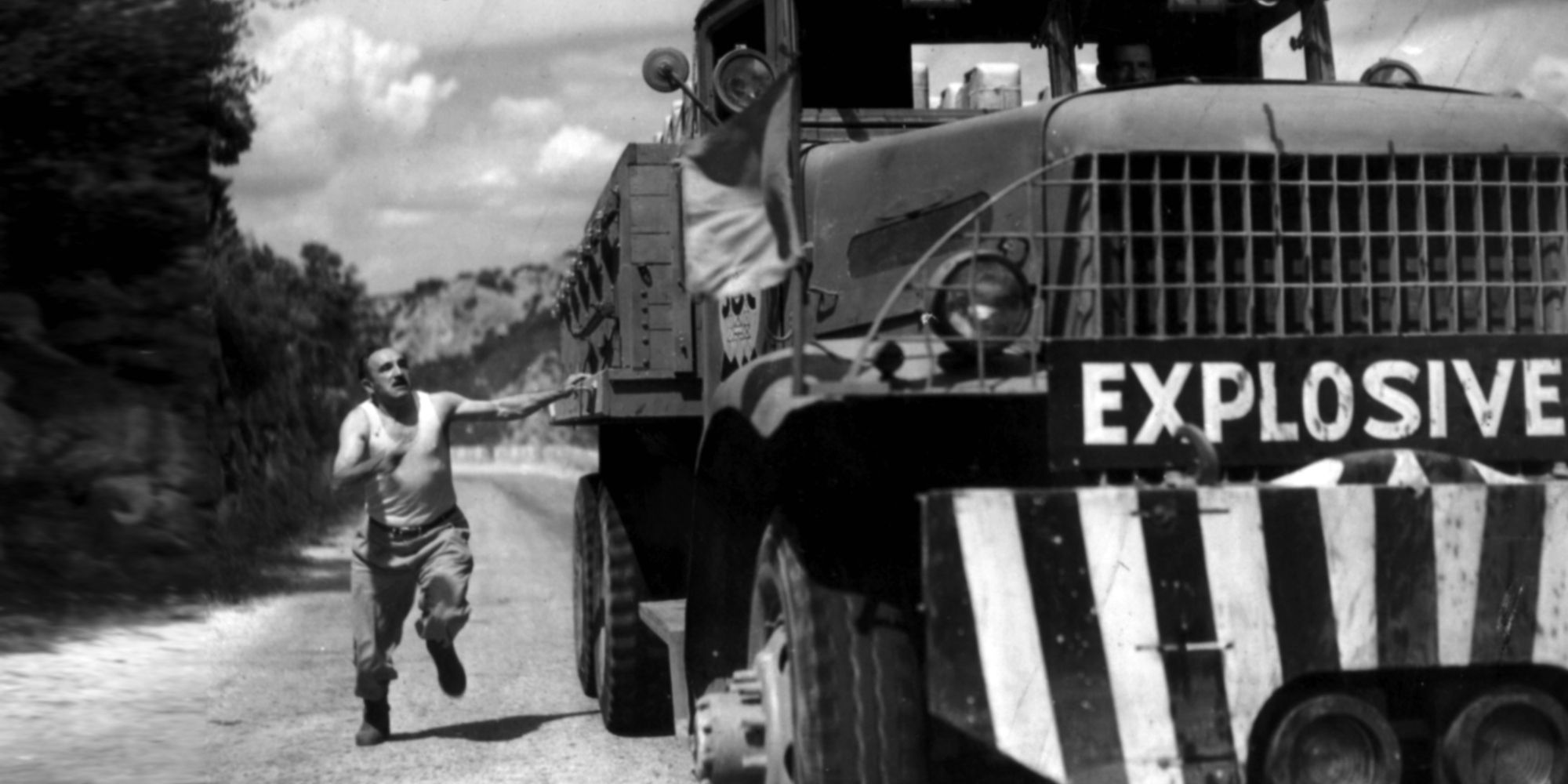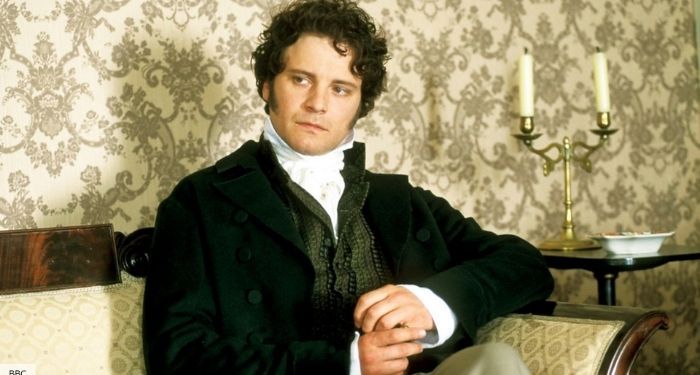The Cannes Film Festival might not have the level of worldwide recognition as the Academy Awards. Still, it’s one of the most prestigious and significant festivals of any given year for devoted film fans. The top prize at Cannes is the Palme d’Or, though it has been called “Grand Prix du Festival International du Film” and the “Grand Prix” at certain stages of the festival’s history. It’s roughly the Cannes equivalent of the Best Picture Oscar.
The Palme d’Or sometimes goes to popular films and sometimes to more obscure, less accessible films. It’s also noteworthy for generally celebrating a more diverse range of films. While almost all Best Picture winners (and nominees) are English-language films, the Palme d’Or has gone to films in various languages. There are many times when Cannes celebrated some truly great and forward-thinking films while the Academy lagged behind.
‘Pulp Fiction’ vs. ‘Forrest Gump’ in 1994
Saying Palme d’Or winner Pulp Fiction is a better film than Forrest Gump hopefully isn’t too controversial. Sure, they’re both products of their time, but Robert Zemeckis’ Forrest Gump is more so, with a few of its values feeling very outdated. Even at the time, it was a safer movie, albeit a highly entertaining one. For the most part, it’s still a comfortable watch by today’s standards.
For any of Pulp Fiction’s imperfections, it still feels thrillingly unique, despite all the young filmmakers in its wake who have tried to replicate its flashy post-modern style. Quentin Tarantino’s darkly comic crime film was the better (and cooler) film of the two, though it should be noted that there were a host of great movies in 1994 beyond these (The Shawshank Redemption, The Lion King, Clerks, Leon: The Professional, Ed Wood, and so on).
‘Titane’ vs. ‘CODA’ in 2021
The differences between the most recent Palme d’Or and Best Picture winners are night and day. One is a French body-horror film that features graphic violence, intense sexuality, and some surprisingly powerful themes surrounding identity and masculinity vs. femininity, while the other is a low-key family drama about a teenage girl who has to balance her own life and dreams with that of her family’s, all of whom are deaf.
It’s worth noting that both are very good in their ways, but Julia Ducournau’s Titane might beat Sian Heder’s CODA in terms of its impact. It’s probably more likely to stick in viewers’ minds… though the number of viewers who may want to watch it in the first place could be smaller, seeing as how it’s quite an extreme and sometimes confronting film to begin with.
‘Wild at Heart’ vs. ‘Dances With Wolves’ in 1990
Wild at Heart (true to its name) is one of the wildest David Lynch movies and also happens to contain one of Nicolas Cage’s wildest performances in a career full of them. The darkly comedic and often surreal crime-thriller is an unusual Palme d’Or winner, but an interesting one, while 1990’s best film, according to the Oscars, was the less exciting Dances With Wolves.
It should be stressed that Kevin Costner’s historical epic isn’t bad, exactly, but does it have famously offbeat and beloved director David Lynch teaming up with equally offbeat and beloved movie star Nicolas Cage? No. No, it does not.
‘Taxi Driver’ vs. ‘Rocky’ in 1976
Perhaps it’s controversial to say Taxi Driver is better than Rocky. They might be fair to compare in one way, though — they’re arguably both about underdogs. In Taxi Driver, protagonist Travis Bickle (Robert de Niro) feels unnoticed and unimportant within the world he lives, driving him to rebel against it violently. In contrast, the titular character in Rocky (played by Sylvester Stallone) uses his dreams to break free of the parts of the world that bring him down in a healthier, more uplifting way by becoming a champion boxer.
Rocky, directed by John G. Avildsen, is a very good film and spawned a long, interesting franchise continued further by the Creed series. But Taxi Driver’s dark tone and intense psychological drama have made it age perfectly; its warnings about destructive ideologies and what they can do to the mind still feel vitally important, and it’s one of Martin Scorsese’s best films, too.
‘All That Jazz’ & ‘Apocalypse Now’ vs. ‘Kramer vs. Kramer’ in 1979
Admittedly, things get a bit confusing here. So… All That Jazz, Apocalypse Now, and Kramer vs. Kramer were all released in 1979. For whatever reason, All That Jazz competed against films released in 1980 at a different Cannes Film Festival to the one where Apocalypse Now was screened. Furthermore, Apocalypse Now was actually a tied winner with Volker Schlöndorff’s The Tin Drum, and All That Jazz was a tied winner with Akira Kurosawa’s Kagemusha.
The important thing is, Apocalypse Now and All That Jazz came out in the same year as Kramer vs. Kramer and are both so much better than that solid (but not amazing) family drama about modern-day marriage and divorce. Francis Ford Coppola’s Apocalypse Now is one of the most harrowing war films of all time and also one of the very best, while All That Jazz is a brilliant and remarkably personal film from Bob Fosse, where he presents his life, passions, and flaws on screen in a semi-autobiographical movie that’s one of the most stylish and best-filmed of all time.
‘The Third Man’ vs. ‘All The King’s Men’ in 1949
The Third Man has certainly endured in society’s collective mind more than All The King’s Men has. Each is film noir, with All The King’s Men being about the rise and fall of an outspoken politician, while The Third Man is about an American author investigating the disappearance of his friend in Vienna right after the end of World War II.
Simply put, the Palme d’Or winner here (The Third Man) is just so much more memorable. Inventive camerawork, an unpredictable plot, a great setting, and the extra layer of class that director Orson Welles ultimately brings in his supporting role mean that it’s aged better (and feels more daring and cool) than Robert Rossen’s All The King’s Men.
‘Underground’ vs. ‘Braveheart’ in 1995
Braveheart is admittedly the best Mel Gibson movie and one of the better historical epics in recent decades. It’s a visceral and often exciting film and contains enough spectacle to warrant a Best Picture win. Serbian filmmaker Emir Kusturica’s Underground won the Palme d’Or for the same year. In a filmography full of strange, surreal films that are often as darkly funny as they are tragic or even outright depressing, Underground stands out.
Like Braveheart, Underground is also an epic, with a theatrical version that’s almost three hours long and an extended miniseries cut about five hours long. It spans decades of Serbian history, from the early 1940s to the early 1990s, and focuses on two friends who become wrapped up in the various wars Serbia was a part of during those decades. It’s a huge film, full of different characters, set pieces, and tones. It was probably too wild for some Oscar voters, but it struck a chord with Cannes voters.
‘The Wages of Fear’ vs. ‘From Here to Eternity’ in 1953
The Wages of Fear is one of the tensest thrillers of all time and involves four men driving a truck filled with explosives through dangerous, mountainous terrain; and won the Palme d’Or the same year as From Here to Eternity — a war-drama/romance film — won Best Picture at the Oscars.
From Here to Eternity is good but has aged in the ways many films of its age have, while The Wages of Fear has aged surprisingly well. The former makes for a good watch for fans of older movies, but the latter is still gripping, tense, and stomach-churning almost 70 years on from its release.
Read Next
































































.jpg)














